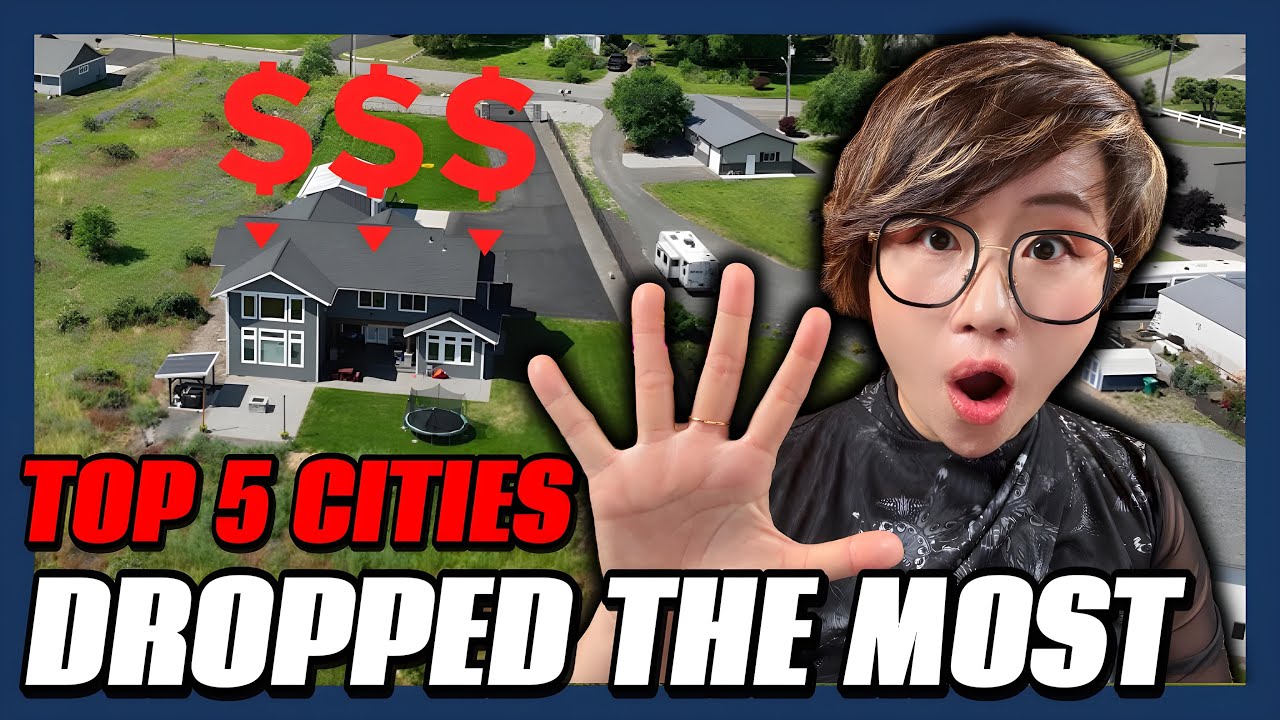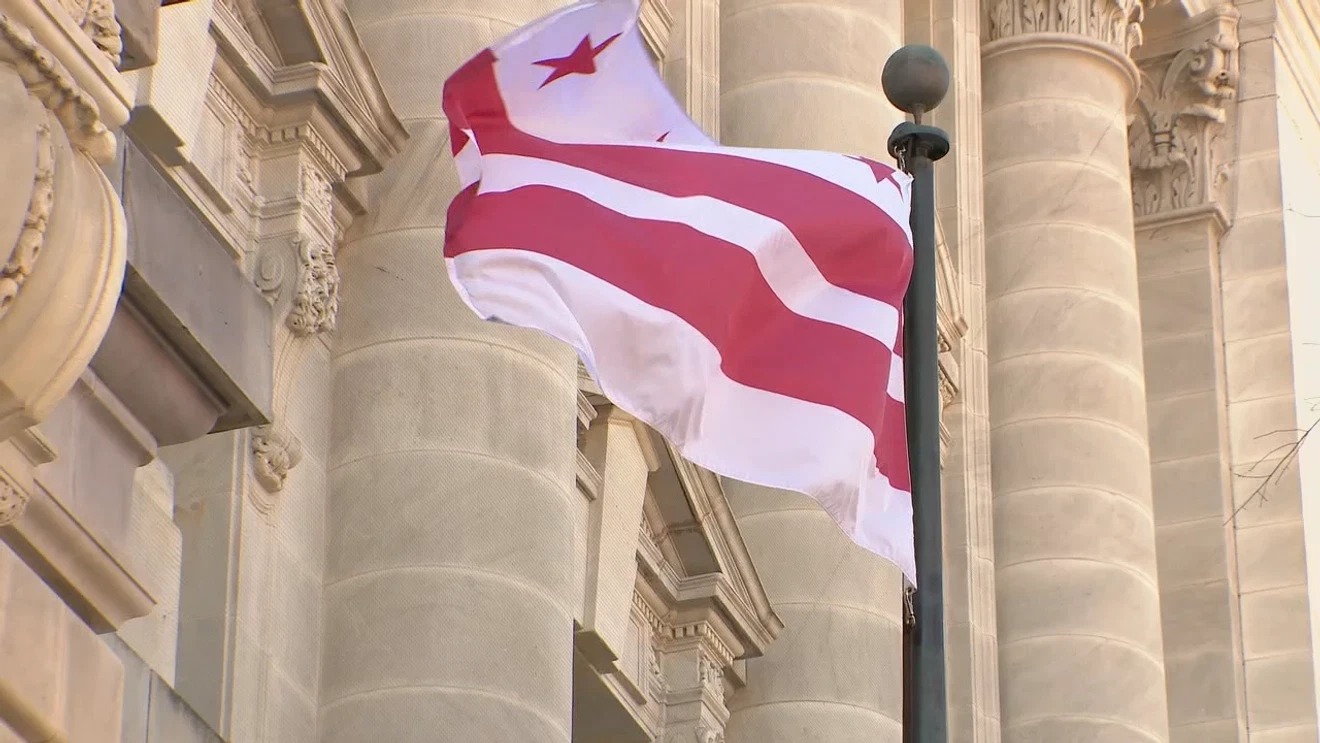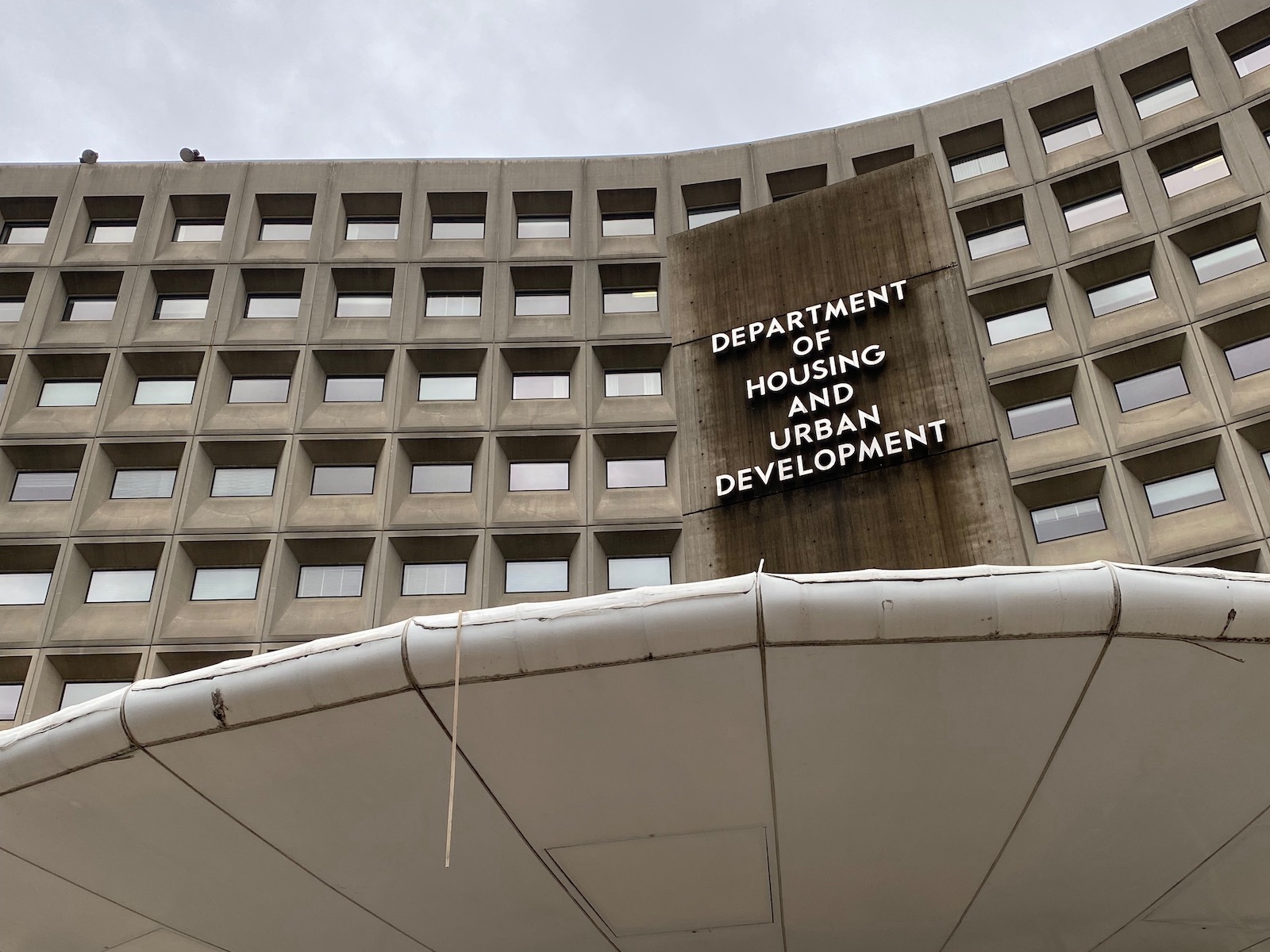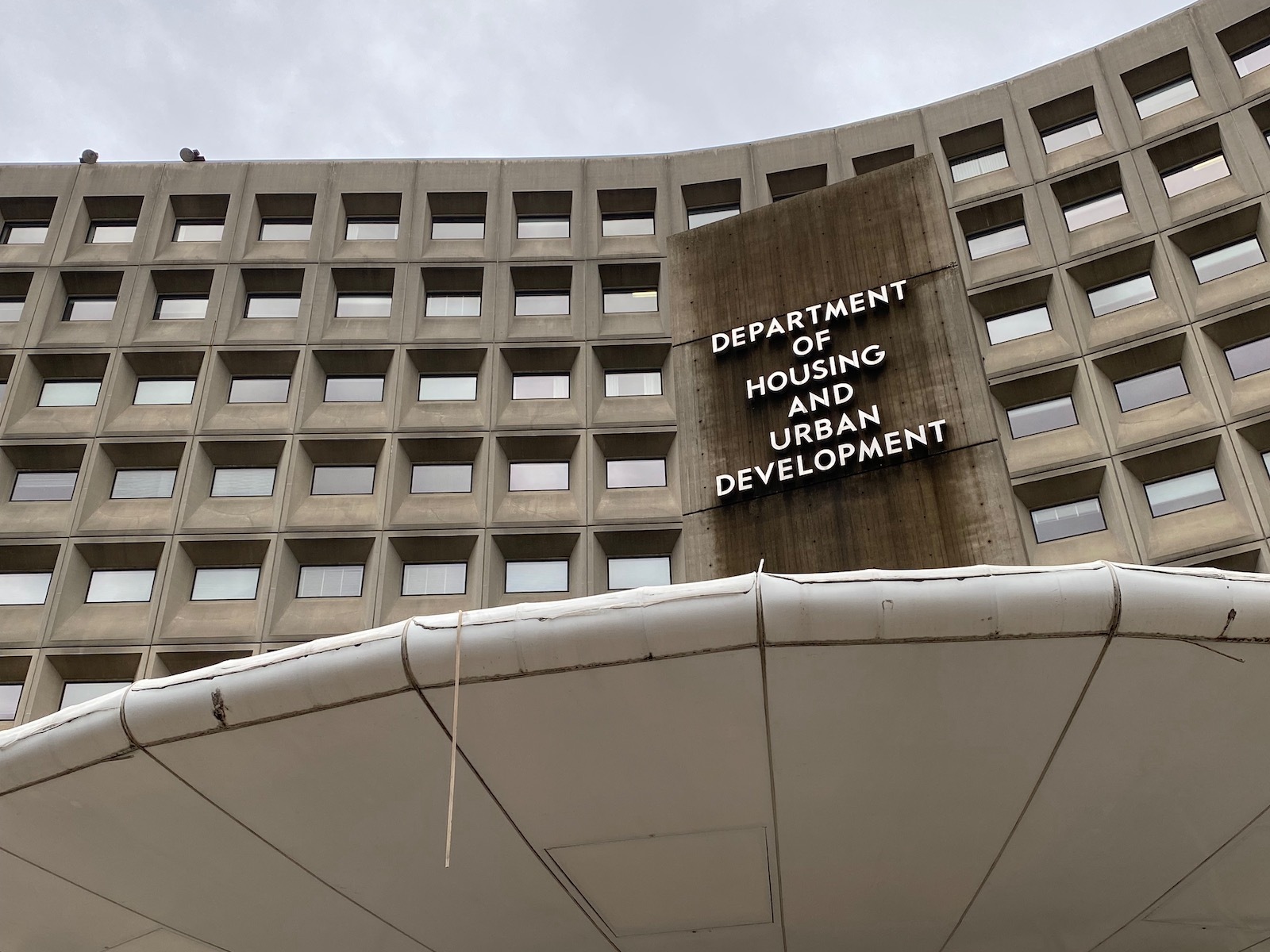Washington State has long been characterized by a robust and often fiercely competitive real estate market, particularly in its major metropolitan areas. For years, buyers have faced escalating prices, bidding wars, and a scarcity of inventory, making homeownership a daunting aspiration for many. However, as we navigate through 2025, the tide is beginning to turn in certain areas. Economic shifts, evolving interest rates, and a gradual increase in housing supply are creating pockets of opportunity for prospective homebuyers.
While the broader Washington State housing market is still projected to experience moderate price growth—around 2.5% to 4% for 2025—driven by continued demand in key areas and a still-limited overall supply, some cities are showing a different trend. This article will delve into five specific Washington cities where home prices are either seeing a notable deceleration in growth or, in some cases, experiencing outright declines. This shift offers a glimmer of hope for buyers who have been priced out of the market, providing potential entry points into once-unreachable communities.
We’ll explore the unique dynamics at play in each of these cities, examining recent median home price trends, market conditions, and the factors contributing to these shifts. From the bustling tech hubs of the Puget Sound to the more affordable eastern plains, the Washington real estate landscape is demonstrating a diverse and evolving picture. Understanding these localized trends is crucial for anyone looking to make an informed decision in this dynamic market.
Understanding the Broader Washington State Housing Market Context
Before diving into specific cities, it’s essential to understand the overarching trends influencing the Washington State housing market in 2025. The market is a complex interplay of various factors, including interest rates, employment figures, inflation, and housing inventory.
In 2024, the state saw a median home price of approximately $615,000, representing a 4.2% year-over-year increase. This growth, while significant, was often coupled with a decrease in sales volume due to higher mortgage rates and tight inventory. However, forecasts for 2025 suggest a slight easing. Mortgage rates, which hovered around 7.1% in 2024, are anticipated to fall towards the 6% range, potentially encouraging more buyers to enter the market.
Washington’s thriving job market, particularly in tech, aerospace, and green industries, continues to attract new residents, fueling demand. Employment is expected to grow by 2-3% in 2025. The persistence of remote work also continues to draw buyers to more suburban and even rural areas around major employment centers like King and Snohomish counties.
Despite these underlying strengths, there are signs of market balancing. Housing inventory is projected to increase by 5-8% in 2025, a much-needed relief for buyers, although it’s still likely to remain a seller’s market overall. Construction volumes are expected to improve, contributing to this increased supply. This delicate balance means that while aggressive price increases seen in previous years may subside, highly desirable areas will likely still experience appreciation, albeit at a slower pace.
However, the key takeaway for this discussion is that within this broader context of moderate growth, certain cities are diverging, presenting distinct opportunities for buyers seeking more favorable pricing. This localized cooling is a direct result of increased inventory, slightly higher days on market, and in some instances, a natural correction after years of unsustainable appreciation.
Let’s now explore the top five Washington cities where home prices are showing signs of dropping, or at least significantly moderating, providing a potential window of opportunity for homebuyers.
1. Tacoma: A Promising Shift in the Puget Sound
Tacoma, a city often overshadowed by its larger neighbor Seattle, is emerging as a significant indicator of shifting market dynamics in the Puget Sound region. For years, Tacoma’s affordability relative to Seattle made it a popular alternative, leading to its own rapid price escalation. However, recent data suggests a cooling trend, particularly in its core areas.
As of May 2025, the median sale price for homes in New Tacoma (a central part of the city) was approximately $443,000, representing a notable 15.7% decrease compared to last year. The median sale price per square foot also saw a significant drop of 10.6% to $339. While the broader city of Tacoma, including all its neighborhoods, shows a slightly less dramatic decrease (down 0.2% over the past year to a typical home value of $497,890 as of May 2025), the significant decline in the central New Tacoma area highlights a key softening.
Homes in New Tacoma are also staying on the market longer, with a median of 46 days in May 2025, compared to 36 days last year. This increase in “days on market” is a clear sign that buyer demand, while still present, is less frenzied, and sellers may need to adjust their pricing expectations. The number of homes sold in New Tacoma did increase slightly year-over-year (from 27 to 30), suggesting that more transactions are occurring, possibly due to more realistic pricing.
Several factors contribute to Tacoma’s cooling market. One is the increased inventory; while still a competitive market, more homes are becoming available. Another factor is the impact of higher interest rates, which have had a more pronounced effect on the affordability of homes in areas that saw rapid price jumps. Buyers are becoming more discerning, and the days of unchecked bidding wars might be receding in some Tacoma neighborhoods.
Tacoma’s diverse economy, with strong sectors in healthcare, education, and logistics, coupled with its vibrant arts scene and access to outdoor recreation, still makes it an attractive place to live. The price correction in certain areas could be a healthy recalibration, bringing home values closer to sustainable levels and opening doors for first-time homebuyers or those looking for a more accessible entry point into the Puget Sound market.
| Metric (May 2025) | New Tacoma, WA | Broader Tacoma, WA |
| Median Sale Price | $443,000 | $497,890 |
| YoY Change | -15.7% | -0.2% |
| Median Days on Market | 46 days | 7 days (overall Tacoma) |
| Homes Sold (YoY) | 30 (+11.1%) | N/A |
| Median Price/Sq Ft | $339 (-10.6%) | N/A |
2. Spokane: Eastern Washington’s Affordability Rebalance
Moving eastward across the Cascades, Spokane, the largest city in Eastern Washington, presents another compelling case of stabilizing, if not slightly decreasing, home prices. Historically more affordable than its western counterparts, Spokane experienced its own surge in real estate demand during the pandemic and subsequent remote work boom. Now, the market is showing signs of rebalancing.
As of May 2025, the average home value in Spokane is approximately $404,211, reflecting a slight dip of 0.2% year-over-year. This minor decline suggests a halt to the aggressive appreciation seen in recent years, indicating a more stable market for buyers. While not a dramatic drop, it signifies a shift from consistent upward pressure. It’s important to note that while the overall average home value saw a slight dip, the median sale price in May 2025 was reported as $464,975, indicating a 7% jump from last year. This highlights the nuance of real estate data, where different metrics can show varying trends based on what type of homes are selling. However, the consistent data around price reductions and increased inventory still points to a cooling in buyer pressure.
A key indicator of this shift is the percentage of homes with price drops. In Spokane, a notable 42.9% of homes have experienced price reductions, an 11.0% increase year-over-year. This statistic underscores that sellers are increasingly willing to lower their asking prices to attract buyers, a strong signal of a less heated market. Homes are also staying on the market for an average of 14 days, a slightly longer period compared to some hotter markets.
Spokane’s housing inventory has improved somewhat, now sitting at roughly 2.8 to 3 months’ supply. While still considered a relatively tight market, this improvement offers buyers more options and a bit more leverage than in previous years. Mortgage rates, stabilizing around 6.9% to 7% in early 2025 with forecasts for a steady dip to around 6% by year-end, are also contributing to a more favorable buying environment.
Spokane’s economic drivers include robust healthcare, education, and manufacturing sectors. Its appeal as an outdoor recreation hub, coupled with a lower cost of living compared to Western Washington, continues to draw residents. The current stability in home prices, coupled with the increasing prevalence of price drops, makes Spokane an attractive market for those seeking affordability without sacrificing amenities or job opportunities. Neighborhoods like West Central, with an average home price of $316,443, offer particularly affordable options.
| Metric (May 2025) | Spokane, WA |
| Average Home Value | $404,211 |
| YoY Change (Average Value) | -0.2% |
| Median Sale Price (May 2025) | $464,975 (+7% YoY) |
| % Homes with Price Drops | 42.9% (+11.0% YoY) |
| Median Days on Market | 10-14 days |
| Inventory (Months’ Supply) | 2.9 months |
3. Redmond: A High-Tech Hub Seeing Price Adjustments
Redmond, a cornerstone of the Washington tech industry and home to major employers like Microsoft, has long been synonymous with exorbitant home prices. Its highly competitive market and limited inventory have made it one of the most expensive cities in the state. However, recent data indicates that even in this high-demand area, home prices are finally seeing adjustments.
In May 2025, the median sale price of a home in Redmond was approximately $1.3 million, a significant 11.2% decrease compared to last year. While other sources indicate an average home value increase of 5.2% over the past year (to $1,447,422), the median sale price drop from Redfin is a strong indicator of a cooling trend, particularly reflecting actual transaction prices. The median sale price per square foot was also down in some areas, highlighting a broader adjustment.
Homes in Redmond are now taking longer to sell, with a median of 14 days on the market in May 2025, up from 5 days last year. This increase in days on market, coupled with a significant rise in homes with price drops (39.5%, a 22.6 percentage point increase year-over-year), signifies a clear cooling trend. Buyers are no longer rushing to make offers, and sellers are adjusting their expectations to meet market realities.
The reasons behind Redmond’s price adjustments are multifaceted. While the tech sector remains strong, higher interest rates are undoubtedly impacting purchasing power, especially for homes in this price range. The sheer increase in home values over the past few years may also have reached a point where a correction became inevitable. As inventory slowly increases (Redmond had 220 homes for sale in May 2025, with 133 new listings), buyers have more choices and less pressure to overbid.
For prospective homeowners who dream of living near the heart of the tech industry, Redmond’s current market presents a rare opportunity. While still a high-value market, the recent price drops suggest a window for more strategic negotiations and potentially less intense competition, making homeownership in this desirable city a more attainable goal than it has been in years.
| Metric (May 2025) | Redmond, WA |
| Median Sale Price | $1,300,000 |
| YoY Change (Median Sale Price) | -11.2% |
| Average Home Value | $1,447,422 |
| YoY Change (Average Value) | +5.2% |
| Median Days on Market | 14 days |
| % Homes with Price Drops | 39.5% (+22.6 pts YoY) |
| Homes for Sale (Inventory) | 220 |
4. Seattle: The Epicenter of the Market Rebalancing
As the largest city in Washington and a global tech hub, Seattle’s housing market trends often set the tone for the entire region. For over a decade, Seattle has been characterized by relentless price growth, driven by a booming job market, limited land, and an influx of high-earning professionals. While Seattle is still considered a strong market, recent data indicates a significant deceleration in price growth, with some segments even experiencing declines.
In May 2025, the median sale price of a home in Seattle was $893,000, up only 0.9% since last year. This near-flat growth, following years of double-digit appreciation, is a strong signal of a market cooling off. More importantly, some sources reported a median listing price for the Seattle Area in May 2025 as $799,000, which reflects an annual increase of 10.29% compared to May 2024. This highlights the difference between listing price trends and actual sale price trends, with the sale price indicating a more tempered market. The marginal overall year-over-year increase in median sale price reflects a market in flux, where declines in some months or segments are offsetting gains in others.
Homes in Seattle are also taking slightly longer to sell, with a median of 10 days on the market in May 2025, up from 7 days last year. While still a relatively quick sale time, this modest increase, combined with a decrease in the number of homes sold (842 in May 2025, down from 946 last year), suggests a shift in buyer behavior. Buyers are less frantic, and the intense competition of previous years has lessened.
The factors influencing Seattle’s market rebalance are similar to those affecting other high-cost areas. Elevated mortgage rates have significantly impacted affordability, particularly for entry-level buyers. The increase in inventory, while still tight (Seattle had 2,191 homes for sale in May 2025, with 1,051 new listings), and a slight shift in buyer sentiment are contributing to the moderation of prices. Furthermore, while the tech industry remains a strong driver, some companies have adjusted hiring or remote work policies, leading to a slight easing of migration-driven demand.
For buyers who have long been on the sidelines in Seattle, this period of stabilization and potential minor dips could be their opportunity. While the market remains competitive, the days of extreme bidding wars and waived contingencies might be less frequent, allowing for more thoughtful decision-making and potentially more favorable terms. The median sale price still hovers near $900,000, but the slowing appreciation signals a more balanced market ahead.
| Metric (May 2025) | Seattle, WA |
| Median Sale Price | $893,000 |
| YoY Change (Median Sale Price) | +0.9% |
| Average Home Value | $886,741 |
| YoY Change (Average Value) | +0.1% |
| Median Listing Price (Seattle Area) | $799,000 |
| YoY Change (Median Listing Price) | +10.29% |
| Median Days on Market | 10 days |
| Homes Sold (YoY) | 842 (-10.9%) |
| Homes for Sale (Inventory) | 2,191 |
5. Bellevue: The Eastside’s Luxury Market Adjusts
Bellevue, often considered the heart of the “Eastside” and a luxury market, closely mirrors Seattle’s economic drivers with its own concentration of tech companies and high-earning residents. Home prices here have traditionally been among the highest in the state, often exceeding Seattle’s. While Bellevue’s overall trend still shows appreciation, there are clear indications of a deceleration, with specific data points suggesting price drops within the broader market.
In May 2025, the median sale price of a home in Bellevue was $1.7 million, showing a notable 12.2% increase compared to last year. However, it’s crucial to look beyond just the median sale price. The number of homes sold decreased significantly by 29% year-over-year (from 193 to 137). Furthermore, the median listing home price in June 2025 was $1.6 million, trending up by 3.1% year-over-year, while the median sold home price was reported as $1.8 million in June 2025. This discrepancy can arise from a shift in the types of homes selling or a re-evaluation of previous listing prices, leading to sellers adjusting expectations, even if overall median sale prices are still trending up for luxury properties. The earlier data point about a 15.2% decrease in median rental prices year-over-year in Bellevue also strongly indicates an overall softening in the housing ecosystem.
Homes in Bellevue are also staying on the market longer. In May 2025, properties in Bellevue sold after a median of 7 days on the market, an increase from 6 days last year. While still a fast market, other data for June 2025 shows median days on market at 33 days, a significant increase from last year, further suggesting less urgency from buyers. This extended market time points to less urgent buyer demand and greater negotiation power for those actively seeking homes.
Bellevue’s market is highly sensitive to interest rates and shifts in the tech sector. As mortgage rates remain elevated, albeit slightly decreasing, the cost of borrowing for multi-million dollar homes has become even more prohibitive for some buyers. While high-net-worth individuals continue to drive demand, the broader pool of buyers is exercising more caution. The increase in inventory, with 435 homes for sale and 224 new listings in May 2025, provides more options and reduces the frantic competition previously observed.
For buyers looking at the high-end market, Bellevue’s current climate may offer opportunities for more favorable negotiations. The deceleration in price growth, the longer market times (when looking at a broader data set), and the substantial adjustments in listing-to-sale price ratios signify a market that is re-evaluating its high valuations, making it a more accessible, albeit still premium, destination.
| Metric (May-June 2025) | Bellevue, WA |
| Median Sale Price (May 2025) | $1,700,000 |
| YoY Change (Median Sale Price) | +12.2% |
| Median Listing Price (June 2025) | $1,600,000 |
| YoY Change (Median Listing Price) | +3.1% |
| Median Sold Price (June 2025) | $1,800,000 |
| Average Home Value (May 2025) | $1,554,196 |
| YoY Change (Average Value) | +6.0% |
| Median Days on Market (May 2025) | 7 days |
| Median Days on Market (June 2025) | 33 days |
| Homes Sold (YoY, May 2025) | 137 (-29.0%) |
| Homes for Sale (Inventory) | 435 |
Factors Driving the Price Adjustments Across Washington
The shifts observed in these five Washington cities are not isolated incidents but rather reflections of broader economic and market forces. Several key factors are at play, contributing to the deceleration or outright drop in home prices in specific areas:
Rising Interest Rates and Affordability
Perhaps the most significant factor is the sustained period of higher interest rates. While rates are projected to come down slightly in 2025, they remain considerably higher than the historic lows seen in recent years. This directly impacts buyer affordability, as higher rates mean larger monthly mortgage payments for the same loan amount. In high-cost markets like Seattle and Bellevue, even a slight increase in interest rates can translate into a substantial increase in monthly housing costs, effectively pricing out a segment of potential buyers. This reduced buying power necessitates price adjustments from sellers.
Increased Inventory
After years of critically low housing inventory, Washington State is finally seeing a gradual increase in available homes. While still a seller’s market overall, the additional supply, whether from new construction or existing homeowners deciding to sell, gives buyers more choices. When buyers have more options, they are less likely to engage in bidding wars or offer significantly above asking price, leading to more moderate price growth or even declines in areas where supply has caught up with demand. The projected 5-8% increase in inventory for Washington State in 2025 is a positive sign for buyers.
Buyer Fatigue and Shifting Sentiments
The relentless pace of the market in recent years has led to significant buyer fatigue. Many prospective homeowners have been outbid multiple times or found themselves in impossible bidding wars. As interest rates climbed and the “fear of missing out” (FOMO) subsided, buyers became more cautious and discerning. This shift in sentiment means buyers are less willing to overpay or waive contingencies, demanding more value for their investment. This increased prudence from buyers is forcing sellers to adjust their price expectations.
Economic Uncertainty and Inflation Moderation
While Washington’s economy remains strong, broader economic uncertainties, including concerns about inflation and potential recessionary pressures, can impact consumer confidence. As inflation shows signs of cooling, which could lead to stabilizing construction costs, it might also temper the rapid price increases seen in materials and labor, indirectly influencing housing costs. This, in turn, contributes to a more measured approach to pricing in the real estate market.
Migration Patterns and Remote Work Evolution
The pandemic-era surge in migration to certain areas, often driven by remote work opportunities, fueled significant price growth. While remote work remains prevalent, its evolution and the return-to-office mandates for some companies might be subtly shifting migration patterns. Some buyers might be opting for more affordable areas further afield, or the initial burst of relocation demand might be settling down, leading to a more normalized demand in historically hot urban centers.
Local Market Nuances and Specific Overvaluations
Each city also has its own micro-market dynamics. Some cities, particularly those that experienced the most aggressive price appreciation, might be undergoing a natural correction due to previous overvaluations. The significant price drops in specific neighborhoods within larger cities, like New Tacoma or certain segments of Redmond and Seattle, indicate a targeted market correction where prices had arguably become unsustainable for a broader buyer pool.
Conclusion: A More Balanced Future for Washington’s Housing Market
The notion of home prices finally dropping in some of Washington’s most competitive cities is a significant development, signaling a potential shift towards a more balanced and sustainable real estate market. While the statewide forecast still indicates modest price growth, the localized declines and decelerations in places like Tacoma, Spokane, Redmond, Seattle, and Bellevue offer a much-needed reprieve for buyers.
This isn’t to say that Washington’s housing market is on the verge of a crash. The underlying demand, driven by a strong economy, population growth, and continued desirability of the Pacific Northwest lifestyle, remains robust. However, the factors of higher interest rates, increasing inventory, and a more cautious buyer sentiment are creating a healthier environment where sellers can no longer command unchecked prices.
For aspiring homeowners, this shift presents a unique window of opportunity. It’s a time when strategic planning, careful market analysis, and a willingness to negotiate can yield positive outcomes. Buyers may find more options, encounter less intense competition, and potentially secure properties at more reasonable valuations than in the recent past.
As 2025 progresses, it will be crucial for both buyers and sellers to stay informed about hyper-local market trends. While the days of wild appreciation might be fading in some areas, the Washington real estate market remains dynamic. The current trends suggest a transition from a seller’s absolute dominance to a more equitable playing field, offering renewed hope for those looking to plant roots in the Evergreen State. This rebalancing is a positive development, fostering a more accessible and sustainable housing landscape for the future.














Leave a Reply